"Arita Porcelain Dish In Cobalt Blue Under Cover Japan Edo Mid-17th Century. Around 1650."
Arita molded hard porcelain dish. This is one of the first productions for export which were made in small quantities around 1650. It was at this time that the ceramicists of Arita began to cover the edges of some of the porcelain with brown enamel, it is not a trivial gesture because the addition of this brown which is an overglaze enamel alone requires additional firing, which represented an additional cost and above all an additional risk of breakage. The spontaneity of these decorations, typically Japanese, more artistic than commercial, will give way 10 years later to more elaborate, studied and sometimes commissioned mass production decorations. The dish has many chips but no cracks. These small accidents have been sublimated by a restoration with black Urushi, because in Japan we do not hide accidents on porcelain, we consider that they are the marks of the past, that they recall its life, its travels through time and that they are respectable, like an old man's wrinkles or scars. It has firing accidents which are typical of porcelains of this primitive production and which are moving. The decor of this dish should be unique. We don't know of any other. Underneath a mark in underglaze cobalt blue which is typical of this period. There are 2 traces below in slight relief which must be the marks of "pernettes" (stand of firing).
Japan, Arita kilns mid 17th century., circa 1650.
Diameter 205mm.
The National Kyushu Ceramic Museum houses 2 dishes from the Shibata collection, taken from the same mold and also lined with iron brown enamel, bearing the same mark, but d much less interesting scenery.




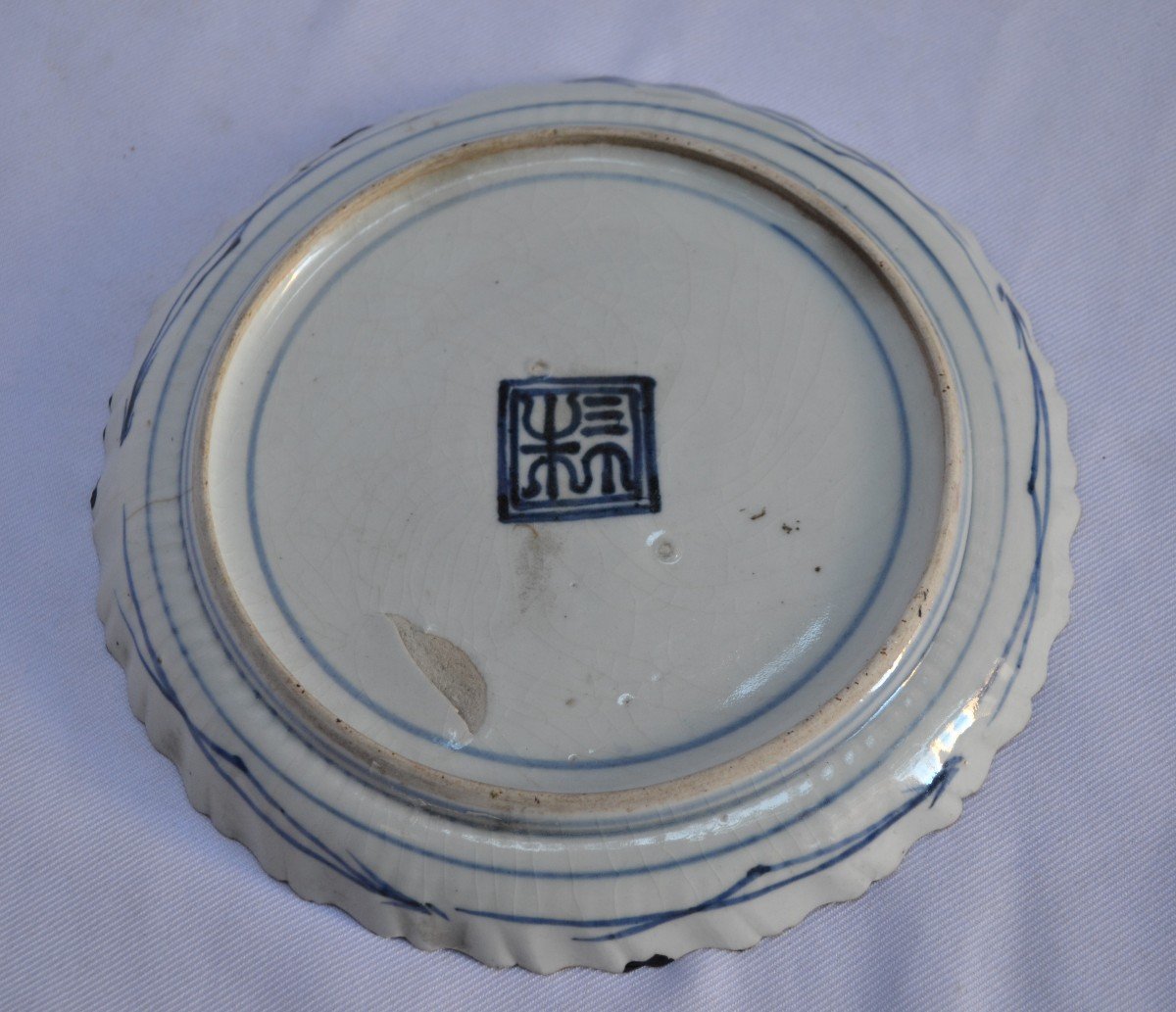


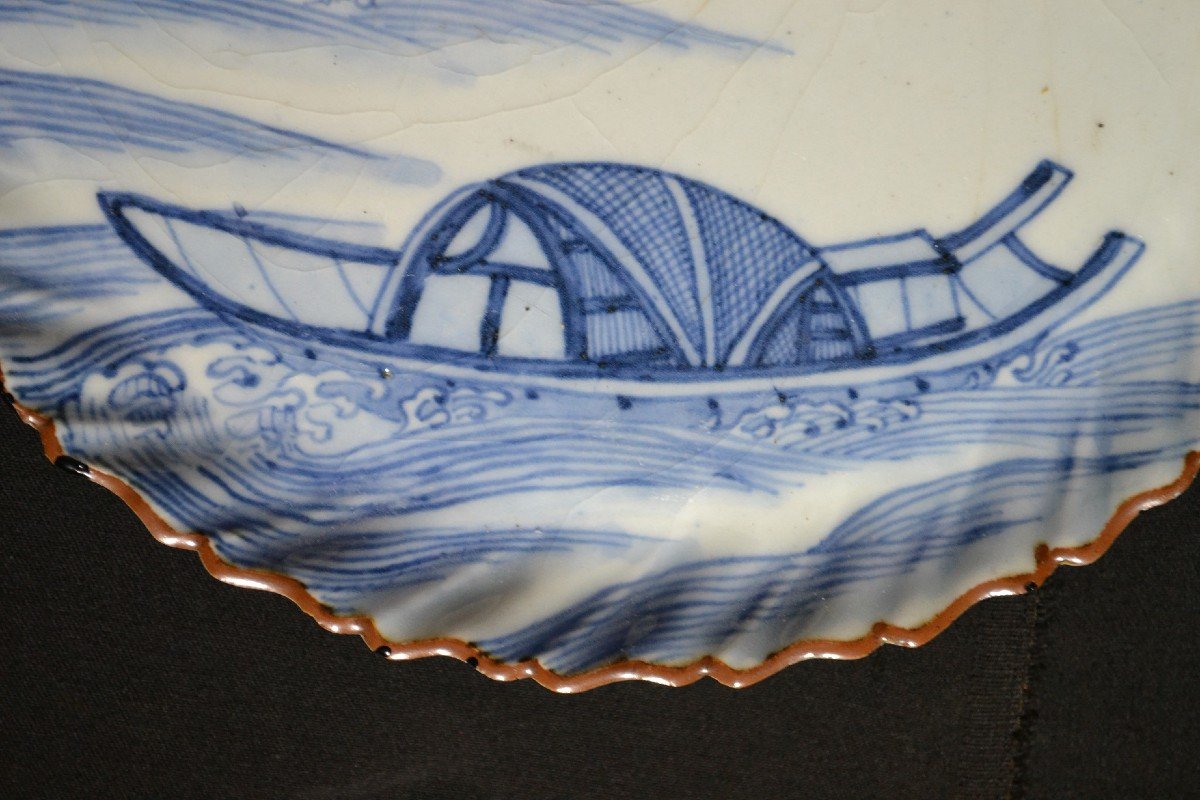






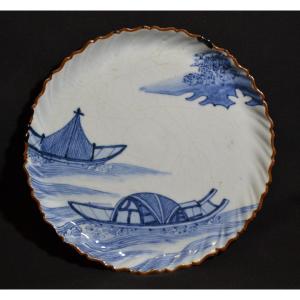

















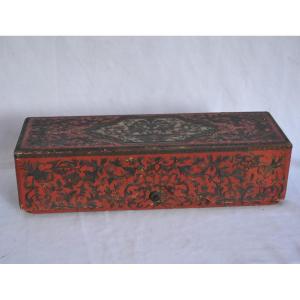




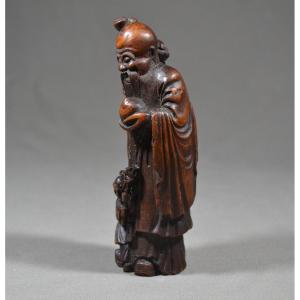




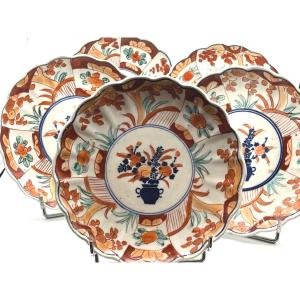







 Le Magazine de PROANTIC
Le Magazine de PROANTIC TRÉSORS Magazine
TRÉSORS Magazine Rivista Artiquariato
Rivista Artiquariato